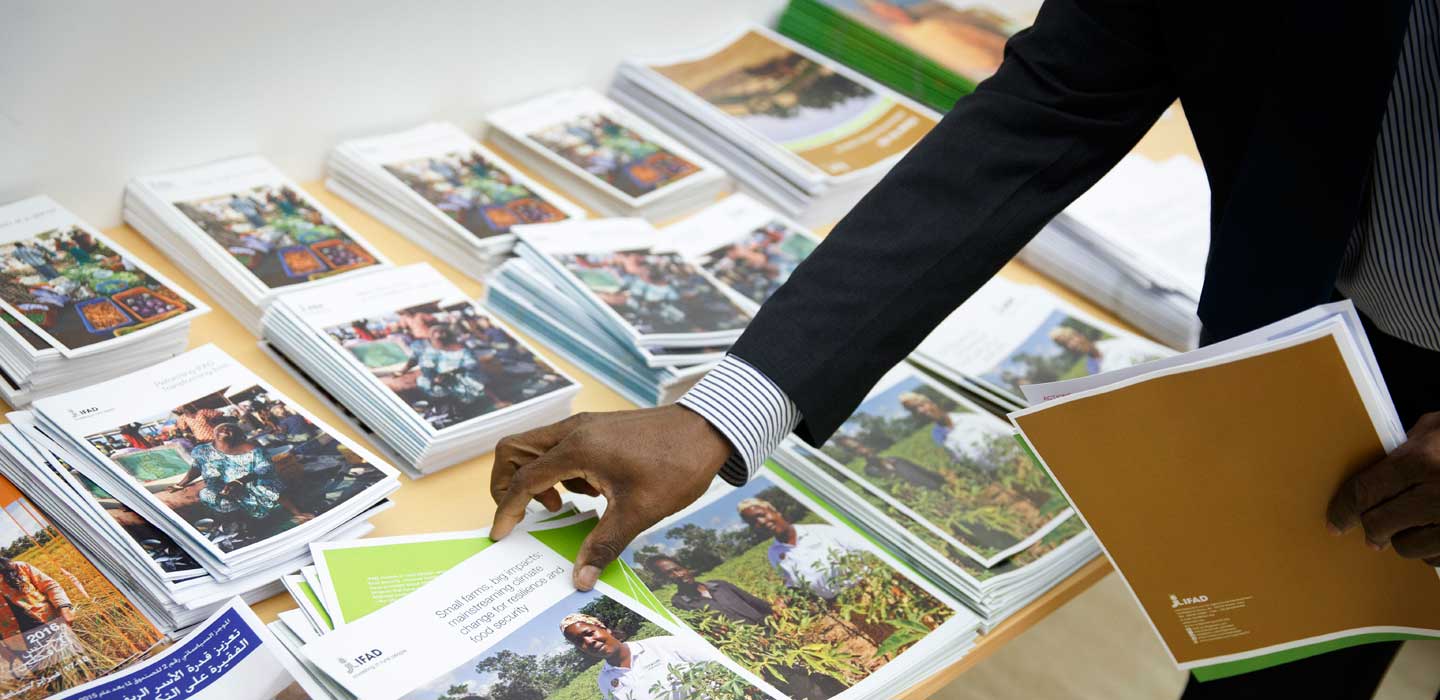Factsheets

Factsheets
Menu Display
Search Results Filters
Search Results
Higher and volatile food prices and poor rural people
at both household and country levels. Many of the world’s
poorest people spend more than half their income on food.
Price hikes for cereals and other staples can force them
to cut back on the quantity or quality of their food.
This may result in food insecurity and malnutrition,
with tragic implications in both the short and long term.
Undernourishment increases disease and mortality, lowers
productivity and can have severe lifelong effects, particularly
for children. Price spikes can also limit the ability of poor
households to meet important non-food expenses, such
as education and health care. When they occur globally,
price hikes can affect low-income, food importing
countries, putting pressure on their limited financial
resources. Higher food prices have a particularly negative
impact on food security when prices spike suddenly or
reach extremely high levels.
Climate change - Building smallholder resilience
Higher and volatile food prices and poor rural people
Undernourishment increases disease and mortality, lowers productivity and can have severe lifelong effects, particularly for children. Price spikes can also limit the ability of poor households to meet important non-food expenses, such as education and health care. When they occur globally, price hikes can affect low-income, food importing countries, putting pressure on their limited financial resources. Higher food prices have a particularly negative impact on food security when prices spike suddenly or reach extremely high levels.
IFAD and OIC Member States - Working together to eradicate poverty
The long-term partnership between IFAD and OIC Member States and institutions has, in recent years, taken on greater significance than ever before. The challenges are greater than they were three decades ago when IFAD was first established. But the opportunities for making an even bigger impact on the lives of the poor rural people are well within our grasp.
Women and rural development
contributions to agricultural production. But the inequalities that exist between women and men make it difficult for women to fulfil their potential.
Full proceedings - Feeding future generations - Young rural people today – prosperous, productive farmers tomorrow
Managing weather risk for agricultural development and disaster risk reduction
Nearly 1.4 billion people live on less than US$1.25 a day. Seventy per cent live in rural areas where they depend on agriculture, but where they are also at risk from recurrent natural disasters such as drought and flooding. Natural disasters have a devastating impact on the food security and overall social and economic development of poor rural households.
According to data from Munich Re’s NatCatSERVICE, natural disasters account for losses, on average, of US$51 billion in developing countries every year. Unless well managed, weather risks in agriculture slow development and hinder poverty reduction, ultimately resulting in humanitarian crises. Poor farmers have few options for coping with significant losses, and in order to reduce their exposure to risk, they often forgo opportunities to increase their productivity.
Feeding future generations - Young rural people today – prosperous, productive farmers tomorrow - Concept note
Enabling poor rural to overcome poverty in Viet Nam
IFAD works for and with the poorest people in Viet Nam, including ethnic minorities, small-scale farmers and households headed by women. Strategies to reduce poverty and improve living conditions include building partnerships, strengthening institutional capacity and promoting participation. IFAD works with the government and other partners to empower poor rural people so they can have a role in decisionmaking.
To do this, IFAD finances programmes and projects that focus on developing and testing innovative approaches to poverty reduction that can be replicated and scaled up by the government and other agencies. Interventions are area-based and multisectoral. They target regions where poverty reduction is a priority.
Desertification factsheet
Desertification occurs when the tree and plant cover that binds the soil is removed. It occurs when trees and bushes are stripped away for fuelwood and timber, or to clear land for cultivation. It occurs when animals eat away grasses and erode topsoil with their hooves. It occurs when intensive farming depletes the nutrients in the soil.
Wind and water erosion aggravate the damage, carrying away topsoil and leaving behind a highly infertile mix of dust and sand. It is the combination of these factors
that transforms degraded land into desert.